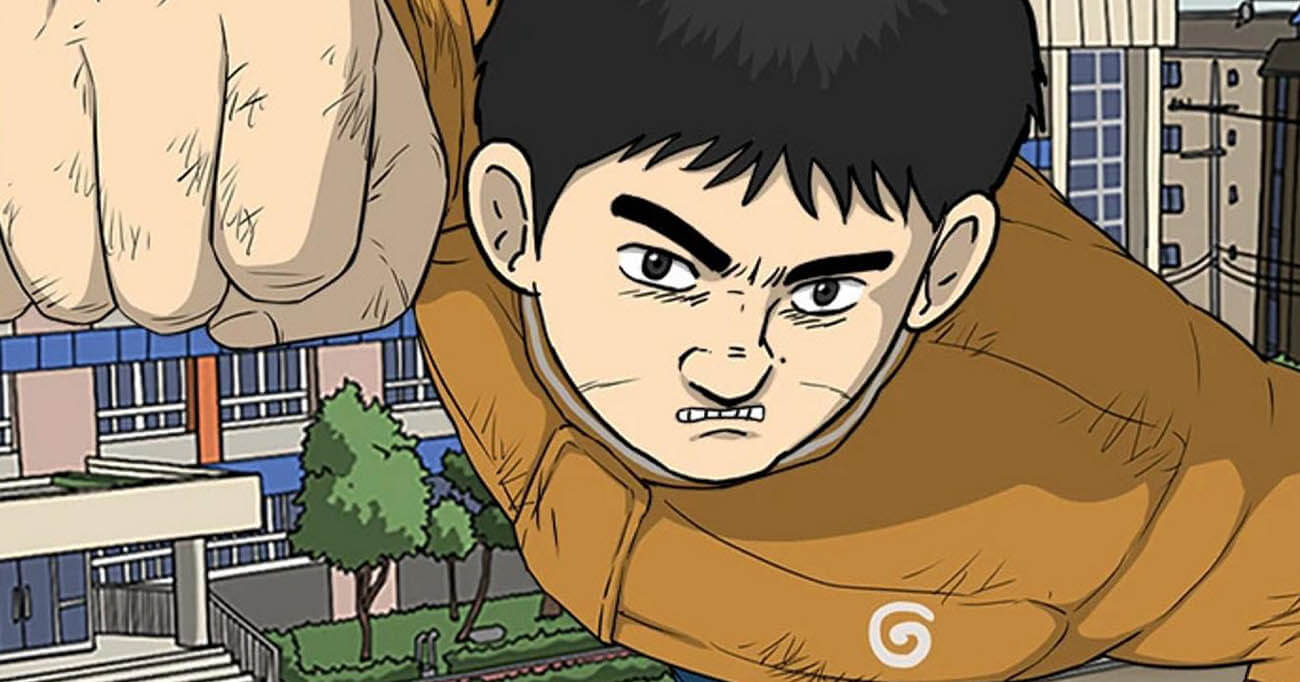Kim Bong-seok floats into the air whenever he thinks about the girl he likes. That girl, Jang Hui-soo, has the power to regenerate from any injury. As the two of them draw closer, their stories (and the stories of their parents) become entangled with a shadow world of superpowers and politics hidden beneath the surface of South Korea. That’s the premise of Moving, a superhero television series that premiered on Disney+ in 2023.
Moving was a big success for Disney+. According to The Hollywood Reporter, It became the most-watched Korean series on the platform within the first seven days of its release. Within the Asia Pacific region (Korea, Japan etc.), it ranked as the platform’s most watched television series ever. Moving was also critically acclaimed in its home country and abroad. Per CNN, it won six Asia Content Awards at the Busan International Film Festival. Rolling Stone called it “the best superhero series on TV right now.” It currently has a 9.1 rating on MyDramaList, putting it in the same territory as the beloved K-drama Reply 1988 and the Chinese drama Nirvana in Fire.
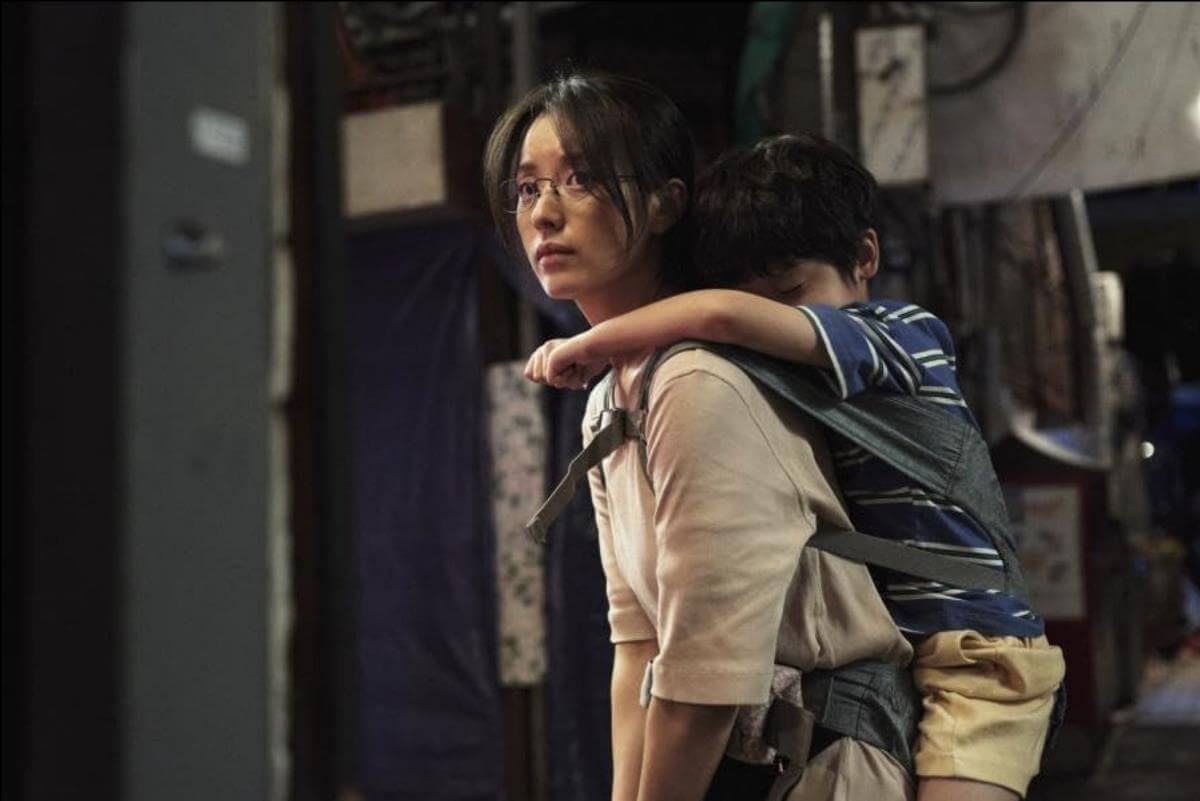
Moving’s greatest weapon
Moving succeeds as both an addictive narrative puzzle box and a sentimental drama about fractured families. It also features strong special effects and action scenes for a television production. The production’s greatest weapon, though, is scriptwriter Kang Do-Young, best known by the name Kang Full. It was his 2015 webtoon that was adapted and expanded to serve as source material for the series.
Kang Full is typically credited in English language coverage of the series as “the creator of Moving,” or as an “influential Korean artist” (per the Hollywood Reporter.) But Moving is hardly Kang Full’s only creation, and calling him just an “influential Korean artist” is frankly selling him short. I prefer the words of newscaster Sohn Suk-hee, who (as quoted by Koreana) called him “the trilobite of the webtoon world.” Kang Full was the medium’s first big success story. Whether by skill, luck, or hard work, you can’t tell the story of online comics in Korea without him.
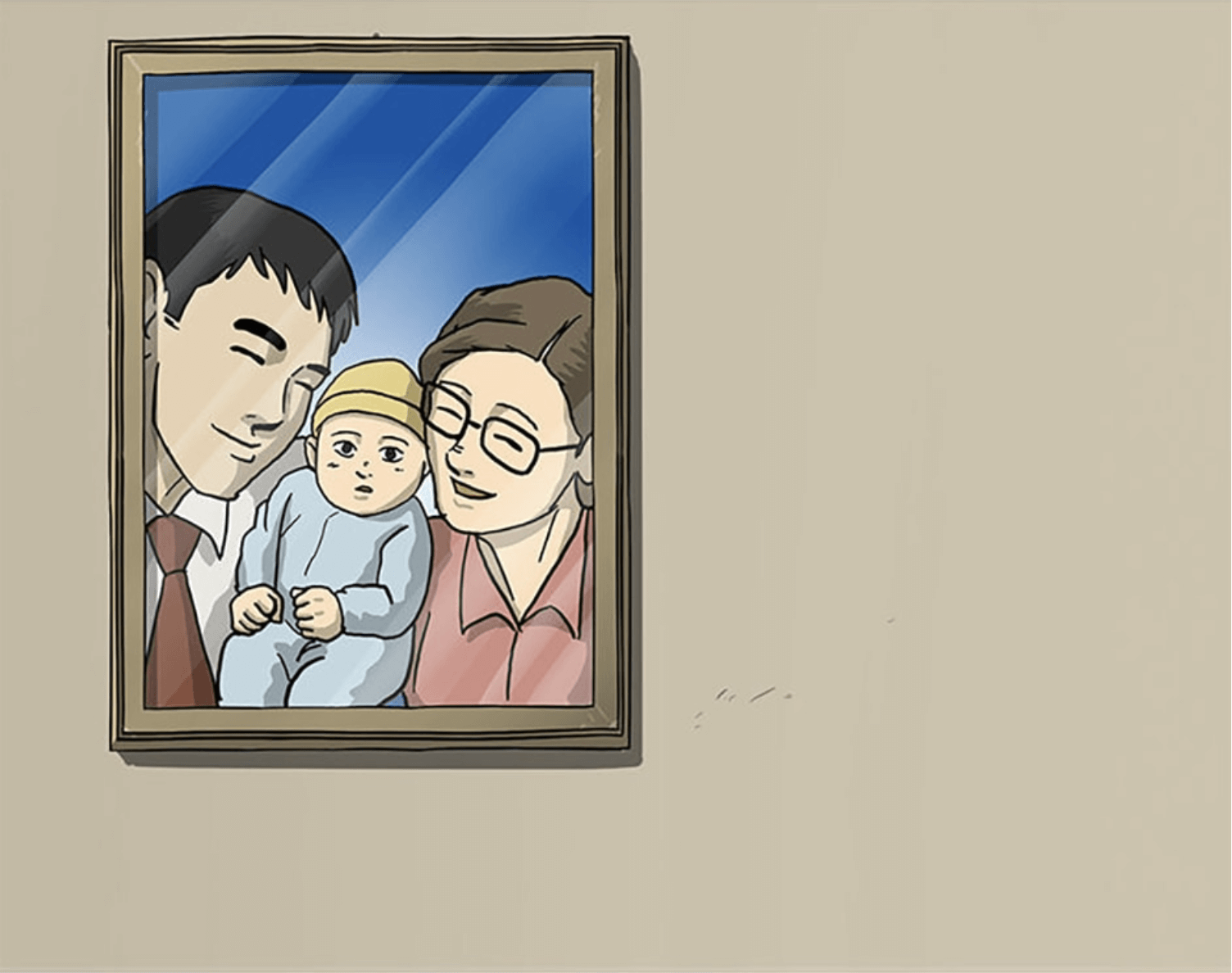
The birth of Kang Full
Kang Full got his start as an artist creating posters at Sangji University. He decided after graduation to pursue comics, or manhwa as they are called in Korea, as a profession. Unfortunately, the manhwa industry in Korea was having a rough time. A major economic crisis hit South Korea in 1997. One year later, the country lifted its ban on Japanese pop culture and brought manga into the market. According to The Victoria and Albert Museum’s “A brief history of webtoons,” the number of manhwa published during his period dropped from 200,000 titles to 20,000.
Thankfully, there was an alternative: the internet. Broadband internet was introduced to South Korea starting in 1998, per “A Brief History of the Internet in Korea.” Web portals like Daum (1997-) and Naver (1999-) were hubs of activity. One of the first popular Korean webcomics, Sim Seung-hyeon’s 2002 autobiographical series Papepopo Memories, was distributed via Daum. Comics, whether published officially via web portals or distributed via their forums, were a major attraction for online netizens.
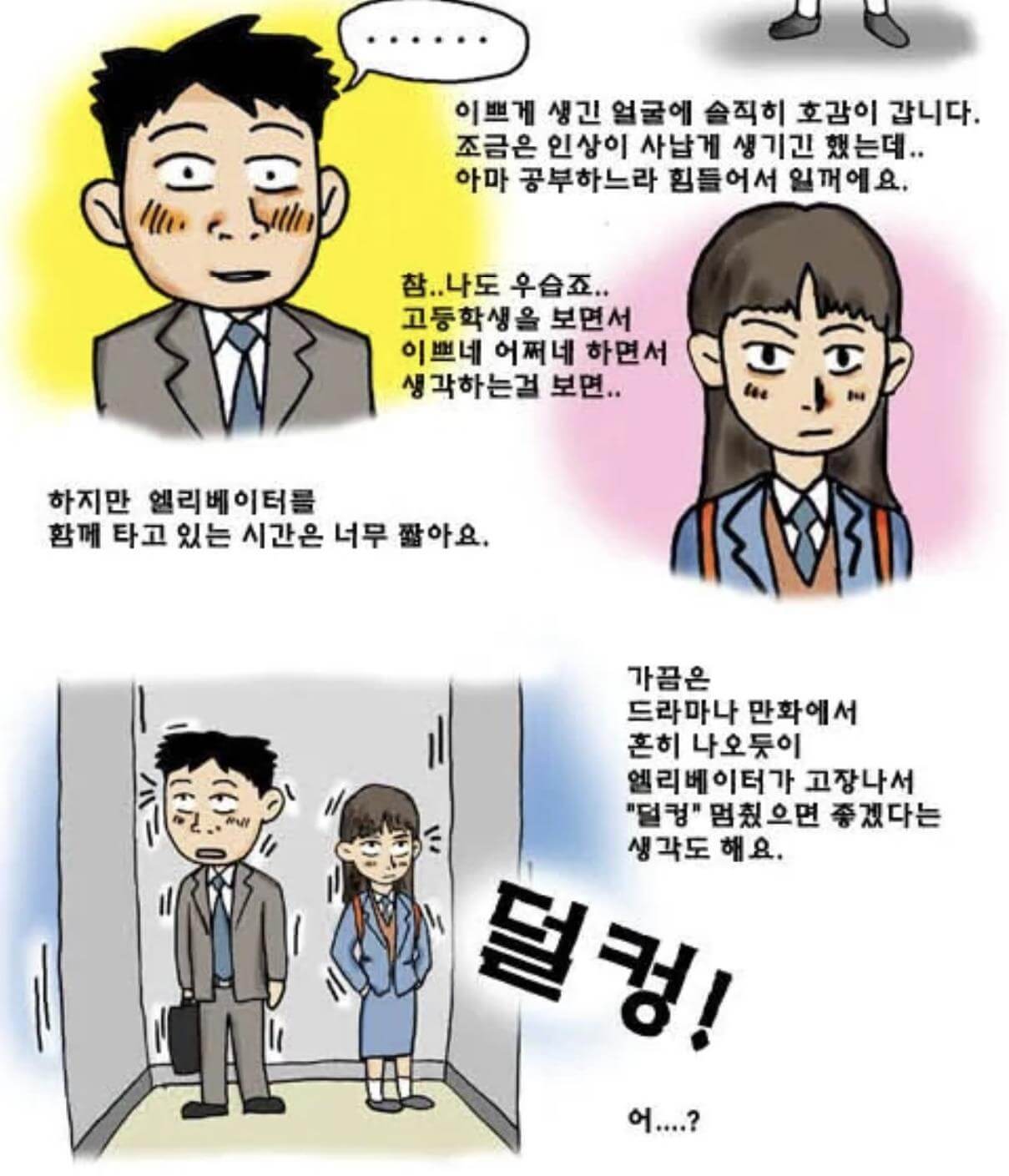
Love Story
Kang Full launched the site kangfull.com in 2002. His first strips were nonfiction “essay comics” that were in vogue at the time. As they were distributed across the internet, he gradually built a reputation as an independent comics artist. Eventually, he signed with Daum to create Let’s Play, Films!, an ongoing strip expressing his love of movies. His real breakthrough, though, would be his 2003 series Love Story; a romance between a 30-year-old office worker and an 18-year-old high schooler. It was the first longform narrative webtoon.
Kang Full’s next romance comic would be 2004’s Fool. Before that, though, he experimented with another genre for which he would become famous–the mystery thriller. Apartment told the story of a man solving a chain of hauntings in his building. In 2006 it was adapted into a film, which was unfortunately a flop. It would be another four years before a webtoon film adaptation (adapting not Kang Full, but fellow cartoonist Yoon Tae-ho) won critical and commercial success.
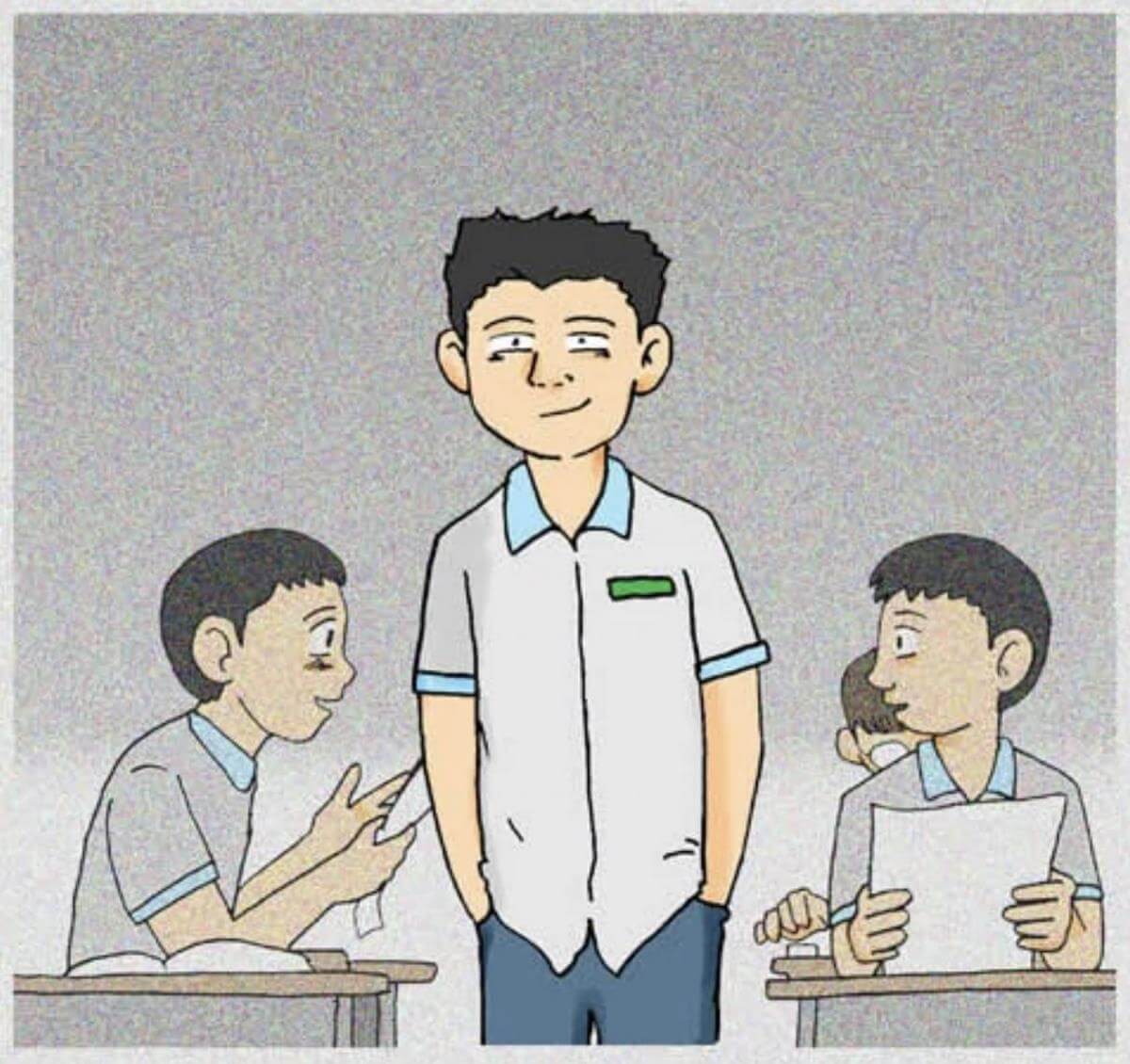
Timing
Timing, which began serialization in 2005, perfected the formula that Kang Full had first experimented with in Apartment. Chapter by chapter, it introduced ordinary people with supernatural powers. One could stop time. Another could predict future events. These individuals were brought together by circumstance to prevent a chain of suicides from taking place at a local high school. Kang Full drip-fed the audience with flashbacks and flashforwards throughout each chapter to maintain constant suspense. Timing became so popular that, according to Mark James Russell’s Pop Goes Korea, its readerbase once crashed Daum.
Kang Full’s 2006 series, 26 Years, was another ensemble story in the vein of Timing. But while Timing was a supernatural mystery, 26 Years chose a real life incident–the 1980 Gwangju uprising–as its subject matter. At that time in Korean history, the military murdered and raped several hundred students protesting against recently declared martial law. The government, led by Chun Doo-hwan, attributed the protests to North Korea and swept the incident under the rug. Chun never faced accountability for these actions during his lifetime.

26 Years
26 Years engineered a scenario in which traumatized civilians plotted to ambush Chun Doo-hwan “26 years” after the incident. The series was published during Chun’s lifetime and, according to “26, 27, 28, 29, 30, 31, 32 … Years: The Politics of Kang Full’s Webtoon 26 Years” by Martin Petersen in The Review of Korean Studies, drew upon Kang Full’s leftist politics. The comment section was particularly lively; Daum users shared their thoughts regarding both where the story should go next as well as whether or not Chun Doo-hwan deserved to die.
Before Kang Full’s career got off the ground, the manhwa industry was at the nadir of its cultural relevance. Now, he was drawing a comic on the internet that had folks debating when and how they should put a bullet in the head of South Korea’s former dictator. This was dangerous stuff! Such a wild idea could only work in the world of webtoons. There were no rules then, and no expectations. Kang Full could tell any kind of story he wanted and expect his readers to follow along.
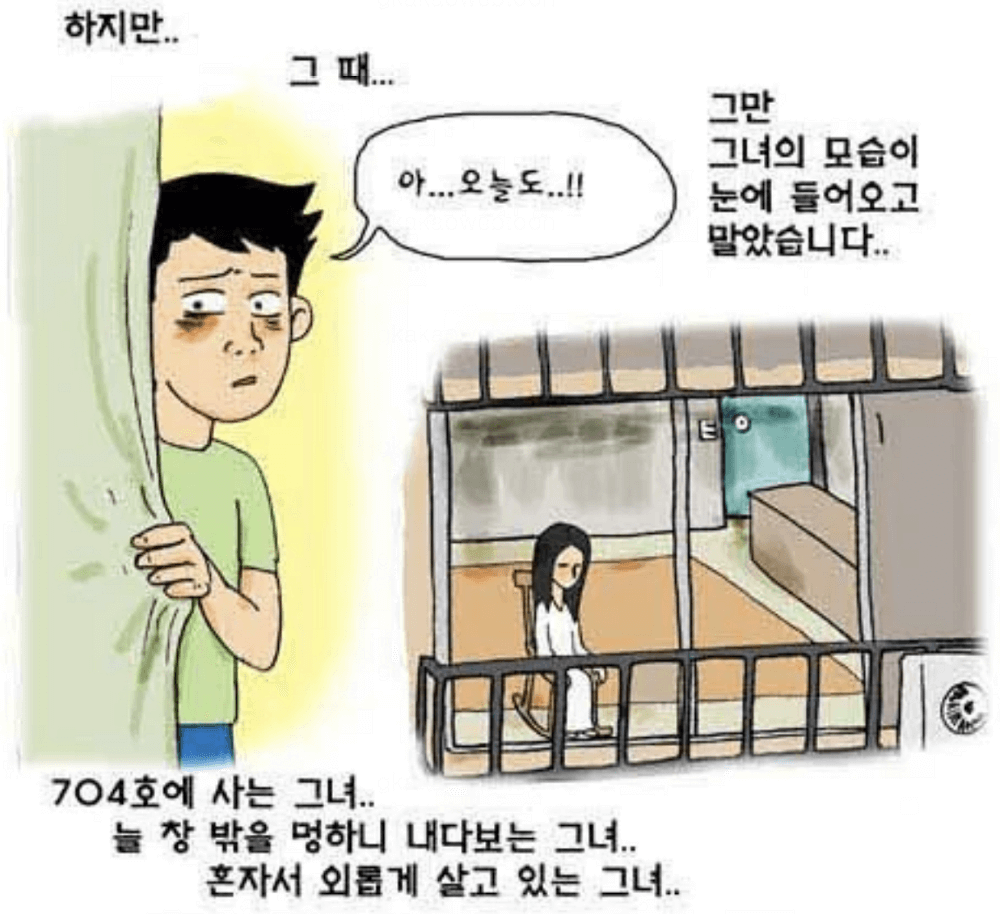
Kang Full’s success
How was it that Kang Full, of all people, was so successful? Certainly, it was not because of his art. Kang Full drew simple cartoon characters inhabiting barebones environments of wobbly lines and blurred photographs. In manga terms, he’s far closer to ONE (the creator of Mob Psycho 100) than Yusuke Murata (who redrew ONE’s series One Punch Man for publication in Shonen Jump.)
That doesn’t mean that Kang Full was a bad artist, though. He made confident use of the vertical strip format to control pacing and guide the reader’s eye. At the same time, while Kang Full’s character designs might not be the right fit for the gorgeous teens and young adults that populate modern webtoons, they’re just about right for the characters of Love Story and Timing. It matters that the superheroic characters in Timing, especially, don’t look or act much like conventional superheroes at all.
Kang Full’s success might have also been a matter of timing. Just as Daum benefited from hosting Kang Full’s comics, Kang Full benefited from Daum’s huge user base. These readers sought out Kang Full’s work not just for its own sake, but as part of a daily habit that included checking their email. Daum’s online forums also facilitated the spread of Kang Full’s comics just as they did for other artists of his generation.
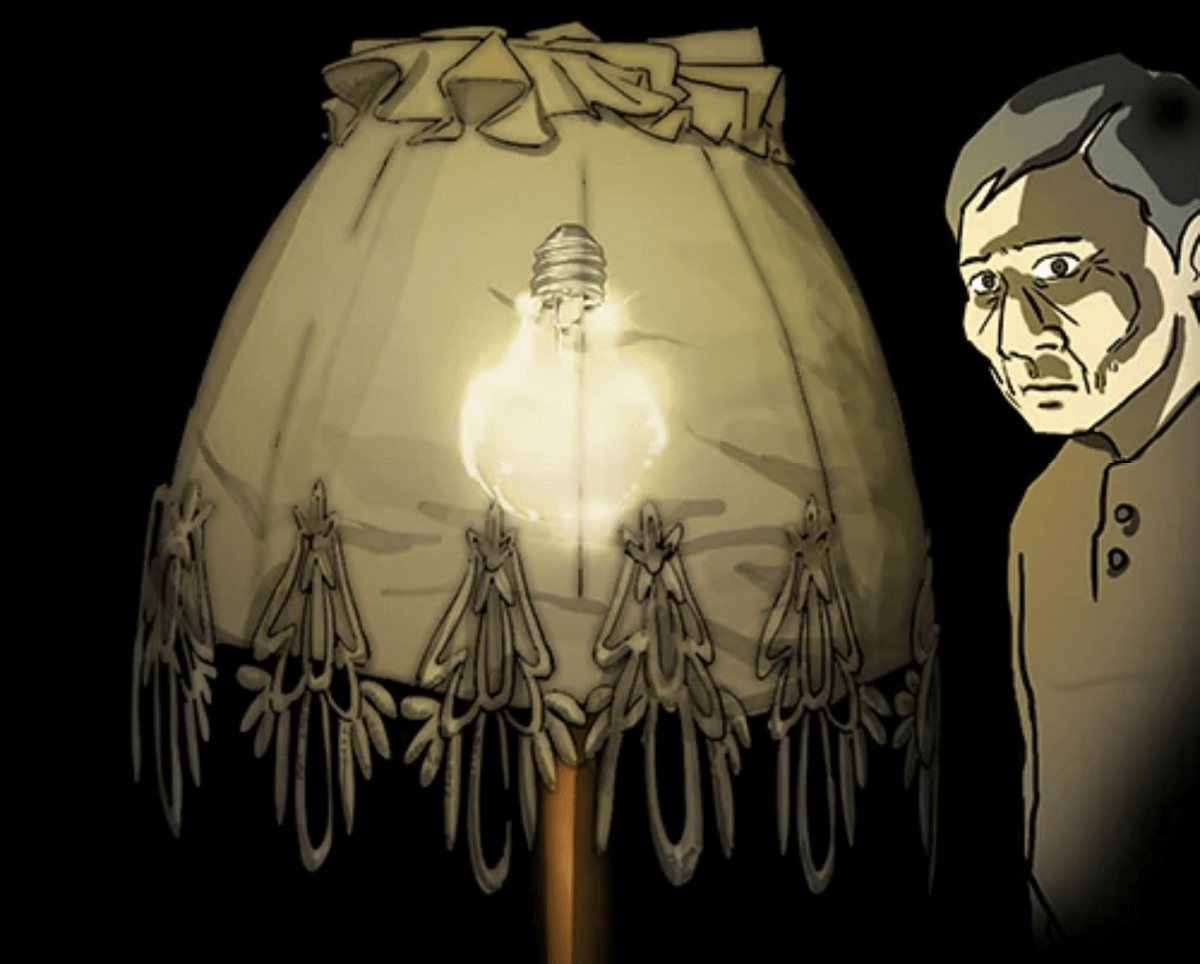
The invisibility of Kang Full
Kang Full is a defining webtoon artist who helped create and popularize the format as we know it today. His stories were accessible to new readers at the same time as they stretched the boundaries of what the medium was capable of. But if that’s the case, with the international success of webtoons, how could it be that he remains so obscure in the United States? While Moving is available on Tapas, the English rights to both Timing and its sequel Again (initially acquired by Spottoon) have expired. None of his other work has been translated into English.
The first of South Korea’s internet giants to push for the international market was Daum’s competitor Naver. The company released its Line WEBTOON app in 2014, featuring popular Naver series like Tower of God and Annarasumanara. These series, rather than Kang Full’s, became the face of webtoons abroad. Daum (which merged with their competitor Kakao Corp. in 2014) has since made an aggressive push abroad to make up for lost time. But they’re leaning on modern classics like Solo Leveling to achieve that goal. No matter how famous Kang Full might be in his home country, he’s a historical footnote in the United States.
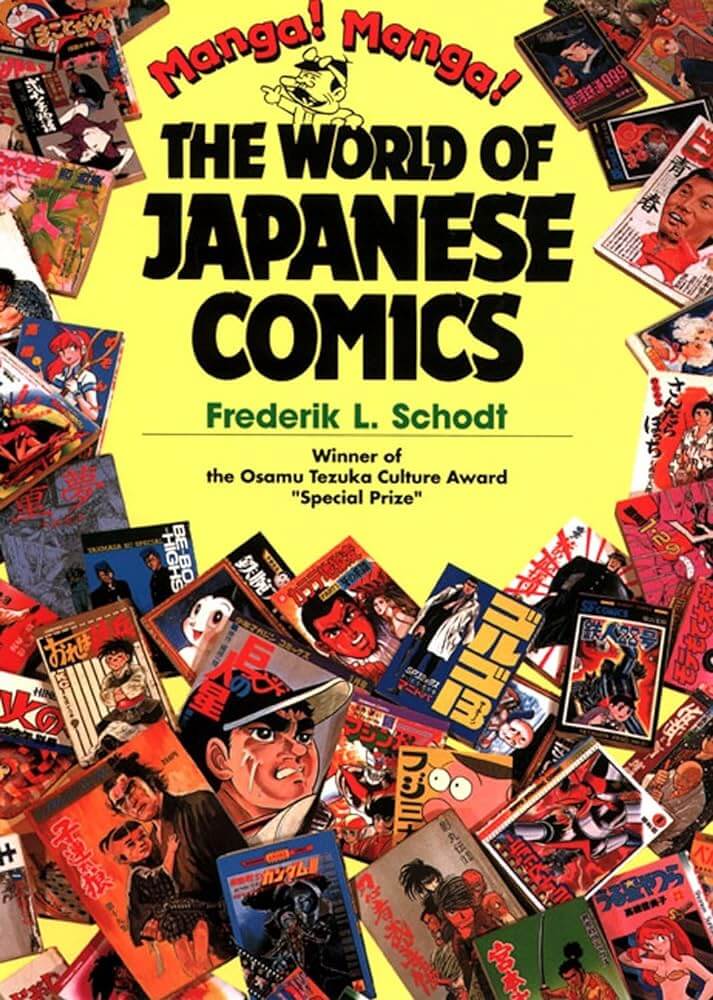
History makers
To draw a comparison to the manga and anime world: Osamu Tezuka was a foundational artist in Japan. He popularized multiple genres within the manga space and also (for better or worse) created the conditions under which the modern anime industry operates. Writers like Frederik Schodt worked hard to convey Tezuka’s accomplishments to English language readers. Today, many of Tezuka’s best works (including Black Jack, Phoenix, Buddha, etc.) are available in English. He might not have the readership of Eiichiro Oda or Koyoharu Gotouge, but he’s a common library pick.
That is not the case for all manga artists. Shotaro Ishinomori and Shigeru Mizuki are arguably just as influential as Tezuka, yet only a small percentage of their work has made it to English language markets very recently. Other giants, like the horror artist Daijiro Morohoshi, have never been translated into English at all. As a result, the English language market may only ever have an incomplete picture of manga’s long history. But writers, artists, and critics are working as we speak to build that history every single day. In the same way, writers at such places as ZIMMERIT, Sakuga Blog, and Anime Herald are making anime history accessible to a general readership.
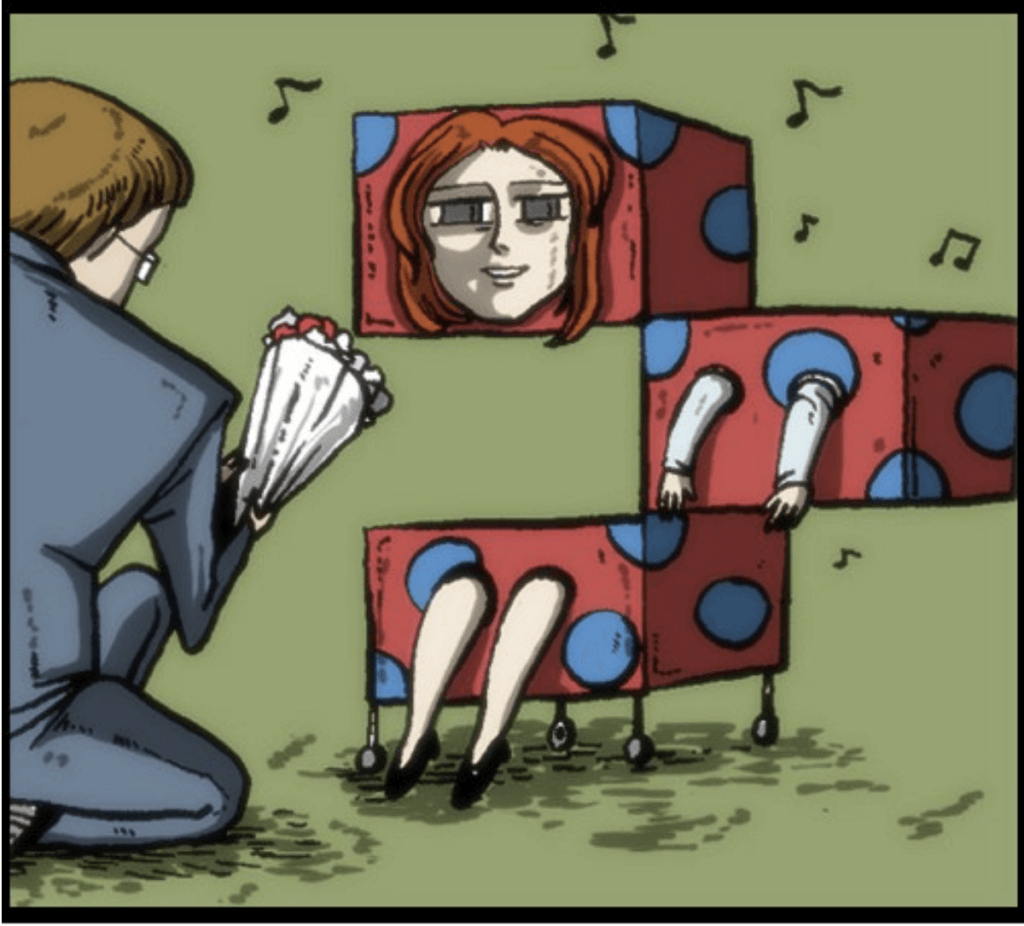
Shadow histories
It is much more challenging to find information in English regarding the history of Korean manhwa. For some time, the aforementioned Victoria and Albert Museum’s “A brief history of webtoons” as well as Heekyoung Cho’s Comics Journal feature “The Webtoon: A New Form for Graphic Narrative” were the only accessible online resources I could find. There are signs that this may be changing; this year Otakon hosted the educational manhwa artist Moon Inho, who ran a panel with cultural educator Park Seulki Rhea about his chosen field. I wrote it up for KComicsBeat, a new vertical that Comics Beat launched this August to profile Korean comics. I hope that KComicsBeat will be just the start of the effort to make Korean comics history accessible to English speakers.
Unfortunately, save for the works of John Lent (whose book Comics Art in Korea is due next year), most other English language coverage of webtoons is concerned with their future rather than the past. Contemporary hits like Solo Leveling or international productions such as Lore Olympus are the focus. It’s rarer to find coverage of comics like The Sound of Your Heart, which began in 2006 and lasted for 15 years. Its artist Cho Seok has drawn many other series, including Moon You and Epilogue. He even appeared at WEBTOON’s TOON SQUARE signing event this June.
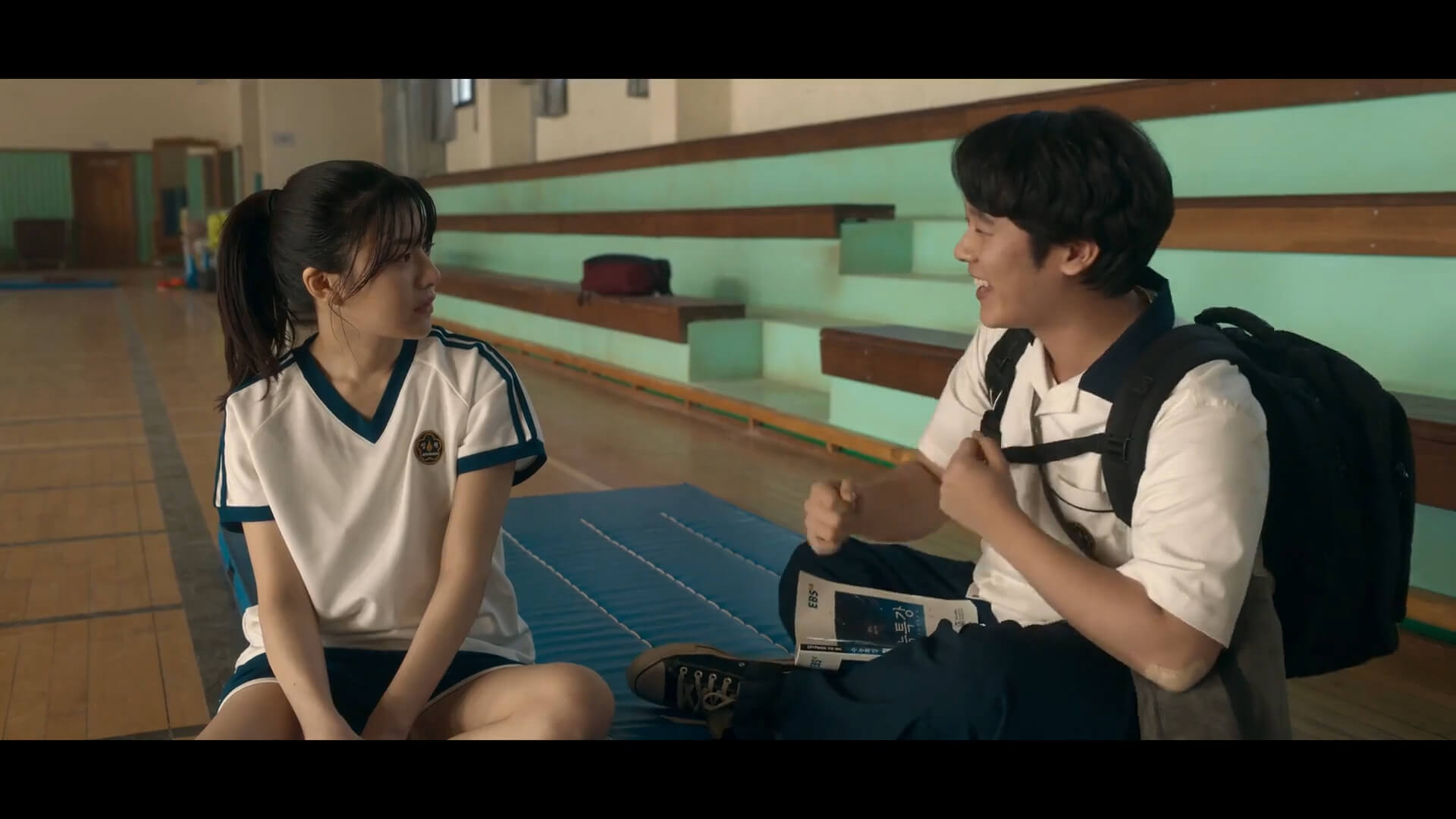
The tip of the iceberg
Just like you can’t tell the story of manga without Tezuka, Ishinomori, or Mizuki, you can’t tell the story of Korean webtoons without Kang Full or Cho Seok. Excavating these artists and giving them proper credit is the best way to truly understand how the medium has grown and changed over the past decades. Without this history, it’s easy to make the same mistake as the US media industry and assume that the Moving television series came out of nowhere. With this history, though, it becomes clear that Moving is just the tip of the iceberg.
“There was a time when webtoons were transforming the industry,” Kang Full said to Deadline. “But now they’re a part of the mainstream industry.” Webtoon and Kakao might be more financially successful now than they ever have been. But could they publish a comic like Kang Full’s 26 Years today? If not, then the medium will be deprived not just of its past, but of its future.

Featured Sponsor - JAST
The sweetest romance and the darkest corruption, the biggest titles and the indie darlings; for visual novels and eroge, there's nowhere better.
Big thank you to our supporters
From their continous support, we are able to pay our team for their time and hard work on the site.
We have a Thank-You page dedicated to those who help us continue the work that we’ve been doing.
See our thank you page